 When recruiting truck drivers, understanding the difference between active and passive driver applicants can be the difference between a consistent candidate pipeline and struggling to fill your fleet. Active driver applicants are ready to make a job change immediately. In contrast, passive driver applicants should be nurtured over time. An effective recruitment strategy should connect appropriately with active and passive driver applicants to allow you to nimbly shift recruitment strategies as company and drivers’ needs change.
When recruiting truck drivers, understanding the difference between active and passive driver applicants can be the difference between a consistent candidate pipeline and struggling to fill your fleet. Active driver applicants are ready to make a job change immediately. In contrast, passive driver applicants should be nurtured over time. An effective recruitment strategy should connect appropriately with active and passive driver applicants to allow you to nimbly shift recruitment strategies as company and drivers’ needs change.
Active vs. Passive Candidates
The difference between active and passive driver applicants comes down to the driver’s connection with the job search. Both types of candidates are necessary for a healthy recruitment pipeline, and it’s important to use the right type of strategy for each candidate.
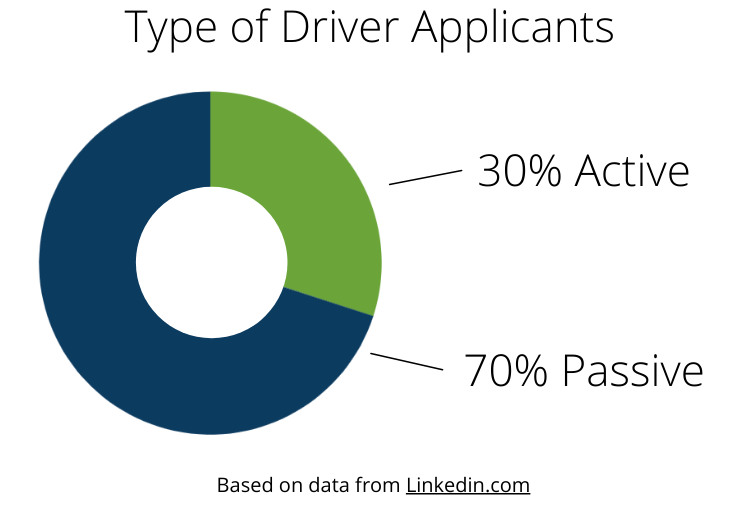
Active Driver Applicants
Active candidates are currently looking for new jobs. They likely have applied to several places and want to make a job change soon. These candidates are often easier to recruit because they are ready to change jobs now. For active driver applicants, recruiters must act quickly because drivers want to move quickly to a new position and won’t stay on the market for long.
Passive Driver Applicants
Passive driver applicants make up the vast majority of the job market, but may be overlooked in the recruitment process. These candidates include drivers that you have in your hiring database from any previous interaction, including re-hires. These drivers are not actively looking for a new position, so they may take a little more time and effort to recruit. Before reaching out to passive candidates, make sure to scrub your database and clean old driver information that is no longer relevant.
Drive My Way CEO, Beth Potratz, shared her expertise:
“Recruiting is not a transaction, it’s a continuous effort that you should never stop. Active and passive job seekers are all consumers in the employment relationship whose needs will change throughout their career. Similar to consumers, they often have both articulated and unarticulated needs and you should explore both. If you build and nurture relationships with drivers, they are more likely to consider a job at your company when they are looking to make a change. It’s really all about relationships.”
Beth continued, “Start recruiting how you would like to be recruited and you will be surprised at the results. Listen for what is important to people and no matter what, always acknowledge their interest and get back to them with feedback and next steps. One thing is for sure, they will always remember how they were treated by you during the process.”
How to Reach Active Driver Applicants
1. Go Where the Drivers Are
The first step to reaching active driver applicants is to go where the drivers are. You know these drivers are already looking for a job change, so make sure they see what you have to offer! Now, a big part of being visible is a prominent online presence. While some drivers may still use old-school methods of finding a job, many drivers will likely start their job searching the internet. When they do, use digital marketing to make sure your brand is appealing and your job is visible to the drivers you want to attract.
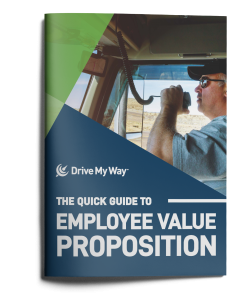 2. Send the Right Message
2. Send the Right Message
Once a driver sees your job posting or recruitment advertising, you have one chance to make a good first impression. Clearly share your employee value proposition (EVP) with drivers in the job posting. They need to know how your company is different and why they should come work for you! Active candidates are looking for a job change so they may be more eager to hear what you have to offer. That said, they are also much more likely to have multiple companies vying for their attention. A clear and well-written EVP as part of your job description is essential for recruiting top drivers.
3. Be Ready to Move Quickly
Active driver applicants are ready to move quickly. That means recruiters must be too! Active applicants are often not on the job market for very long. Hiring top candidates can come down to a simple decision of timing. If your company and another make similarly competitive job offers to the same driver, and the other company is more responsive, you will likely lose that driver. The better the driver is, the more competition you will have from other companies that want to recruit that driver. In order to attract top talent, you have to be faster than the competition.
How to Reach Passive Driver Applicants
1. Go Slow To Go Fast
An effective strategy for recruiting passive applicants is entirely different than recruiting active applicants. For passive applicants, start by building your driver lead pipeline. It will take time to nurture a productive driver candidate pipeline, but the payoff is significant. You are playing a long game. There are many ways to add drivers to your passive candidate pipeline. One of the most powerful ways to connect is via a referral from other drivers. These referred drivers may not be looking for a new job immediately, but if you nurture the lead, your name will be top of mind down the road when they are ready for a change. At its core, building a passive driver pipeline is all about relationship building.
2. Maintain Regular Touchpoints
It can be tempting to focus recruiting efforts on active driver candidates because they will be ready to move quickly. Don’t fall into the trap! Just because applicants are passive does not mean you shouldn’t have regular touchpoints with these drivers! Regular touchpoints through driver-centric content or other outreach efforts build your relationship with passive applicants. Regular touchpoints also allow you to more quickly respond if a driver starts to look for jobs actively.
3. Track the Data
Passive driver applicants are nurtured with a series of small touchpoints over time. As a result, tracking interactions over the lifespan of each driver lead is essential. Document each communication or touchpoint with the driver meticulously. Ideally, this information should be stored in a centralized repository or ATS that is shared among all employees who might contact drivers. It’s a good idea to also include anonymous passive interactions, like website traffic, in your data. These are potential ways to add drivers to your recruitment funnel, and you can optimize your efforts by amplifying areas that are successfully generating interest.
4. Be Prepared to Court Drivers
For a successful recruitment campaign, both active and passive driver candidates need to know what you bring to the table. However, to hire passive driver applicants, be prepared to show your best! Remember, passive driver candidates weren’t looking for a new job. It’s your job to convince them why YOU are a good fit for THEM! This is the time to review your data on past conversations and what content this driver consumes to understand what matters to this particular driver. Then, use this data to recruit based on their interests and needs. To convert passive applicants to hires you must be able to clearly state the advantages of your company and open positions and why it will be a good switch for them.
Building a Comprehensive Strategy
A strong recruitment strategy should account for both active and passive candidates because recruiting demands can change quickly. Having active and passive candidates in the pipeline helps ensure that recruiters aren’t left without any candidates when driver demand is high. There may be times that require recruiters to focus more on either active or passive driver applicants, but don’t neglect either side completely.
Drivers are not static as active or passive candidates. An active applicant may become passive once they find a new job. A passive candidate may decide they are ready for a job change and start actively looking for new positions.
A recruitment strategy that effectively connects with active and passive driver applicants allows you to nimbly shift recruitment tactics as drivers’ needs change.


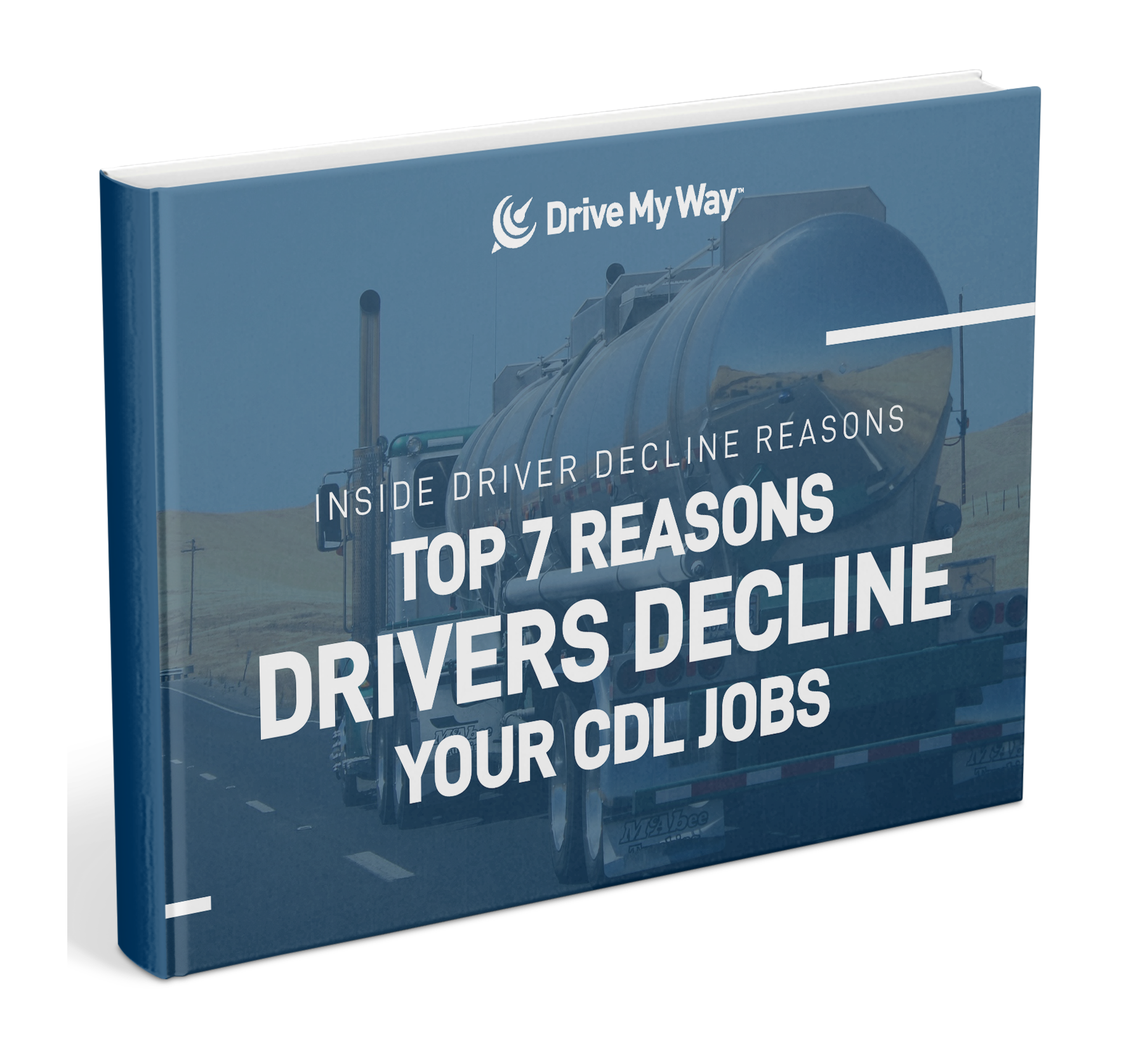




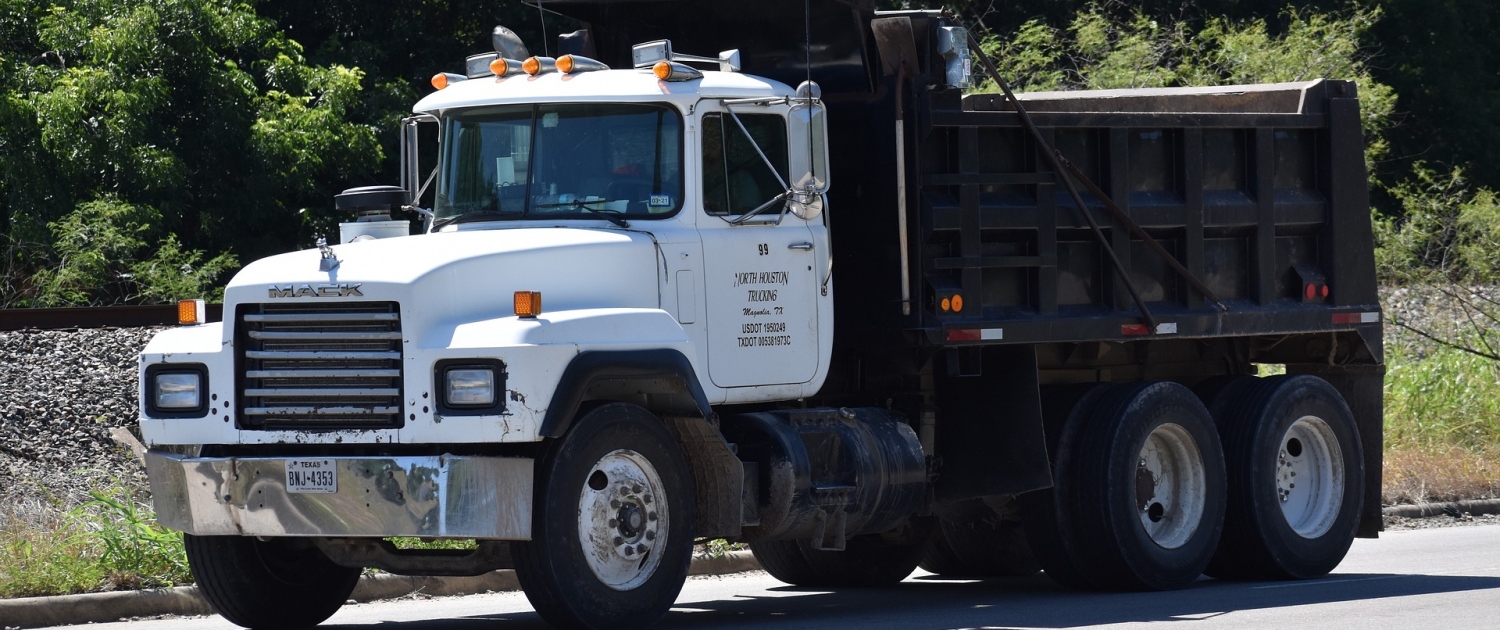
 Recruiting drivers to fill your fleet is often a never-ending task. Recruiting a
Recruiting drivers to fill your fleet is often a never-ending task. Recruiting a 

 A Class B driver joining your company will want to know the details of their route. Tell drivers whether they frequently drive the same route or if they go to a lot of new places. Include any
A Class B driver joining your company will want to know the details of their route. Tell drivers whether they frequently drive the same route or if they go to a lot of new places. Include any 
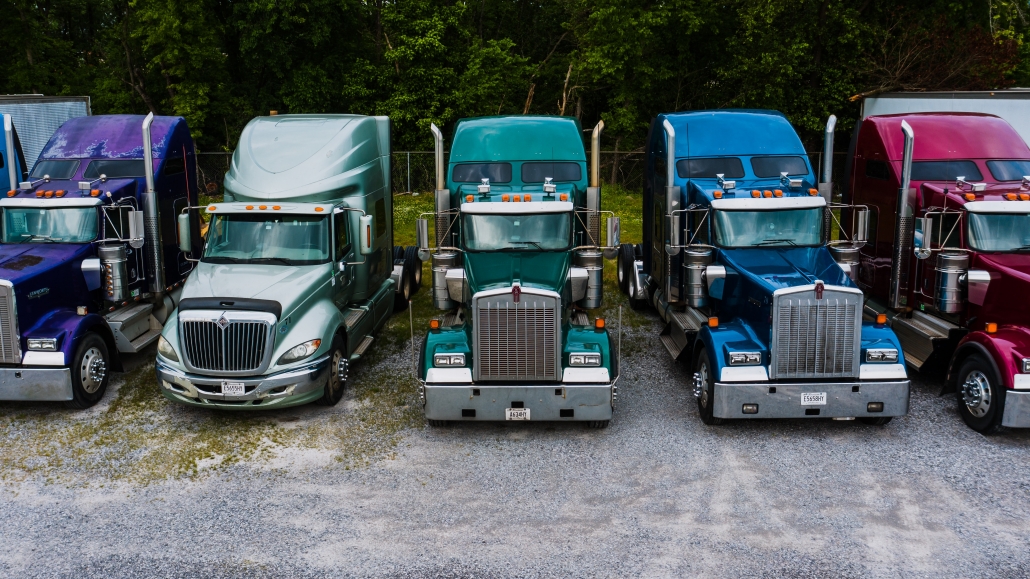


 Include 3-5 of the top hashtags for your industry in each post.
Include 3-5 of the top hashtags for your industry in each post.
 Does your marketing work for attracting minority truckers? That can mean everything from featuring women and people of color in your images on your website, to showcasing that your benefits package is inclusive across all applicants. Marketing to minority truckers is advantageous and can just take a little bit of adjustments to your current plans.
Does your marketing work for attracting minority truckers? That can mean everything from featuring women and people of color in your images on your website, to showcasing that your benefits package is inclusive across all applicants. Marketing to minority truckers is advantageous and can just take a little bit of adjustments to your current plans.





